Jim Zub, easily my most-interviewed creator, is on a tear lately. In addition to wonderful corporate-owned work like Figment, he more than stuck the landing on Skullkickers and he nailed the second arc of his new series Wayward. I talked to him about both beginnings, endings and everything in-between.
When did you map out the overall story for Skullkickers?
Skullkickers was pitched as a 5 issue story with the hope that it would go longer but I honestly didn’t expect that would happen because we didn’t have any name recognition as creators and fantasy books can be a tough sell in the North American comic market. Once the first issue sold out and we rapidly went through a second (and eventually third) printing, Eric Stephenson asked if we were interested in making it an ongoing series. That’s when I needed to seriously sit down and plan out where it could go and I went back to add foreshadowing elements to issue 4 to make sure it all fit together.
From that point I had a six arc plan, with an alternate version that could wrap up in four arcs if things didn’t go well. Thankfully we carried it through to the end.
Was it a challenge to incorporate what you’d already done with the characters and world into a larger narrative?
The biggest challenge was keeping the main characters simple while having the story and cast grow in complexity around them. The one part that didn’t last was keeping them nameless. My original ambitious idea was that Rex and Rolf wouldn’t ever be named in the comic. That idea of them as violent archetypes would be even stronger if no one ever knew their names, but that had to go because writing natural-sounding dialogue around that weird limitation became really unwieldy and awkward.
Otherwise, the overall Skullkickers story worked better than I anticipated. Each arc was built around a fantasy cliché in terms of setting and goals and our mercenary morons bulldozed their way through each one.
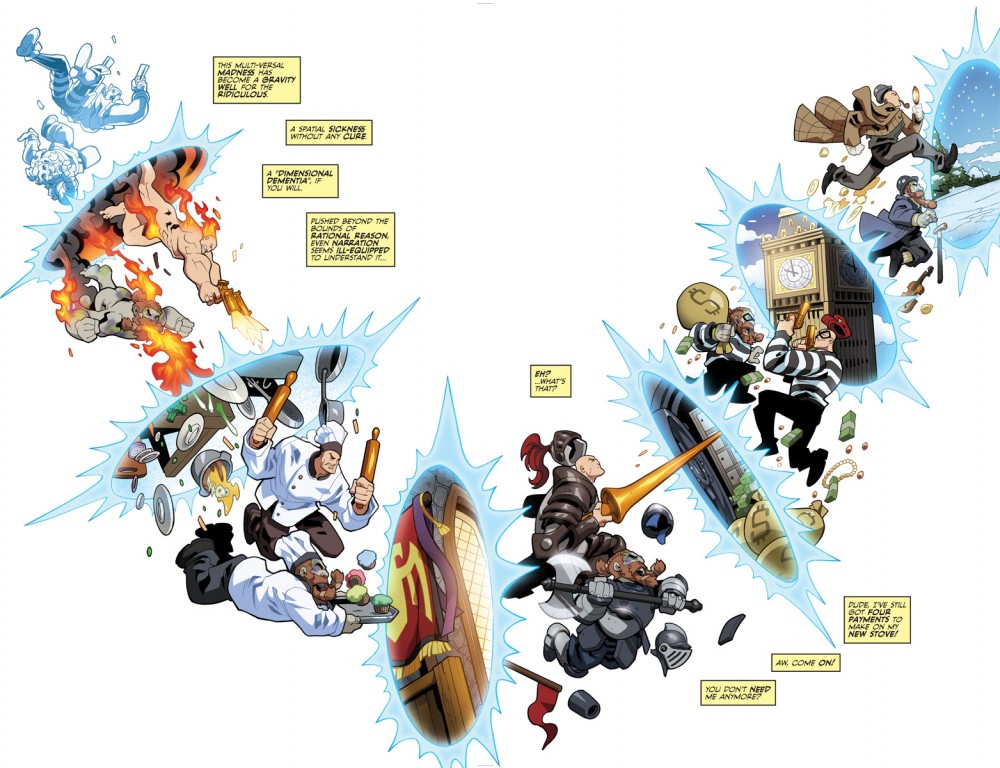
Without spoiling the last volume of Skullkickers, a major focus was on the role of archetypes in stories. How have archetypes played into the way you plot and write your stories?
I think it’s important for characters to have “roles” in a story and archetypes can be a useful way to set up structure for a cast, as long as they aren’t unchanging/unyielding. Audiences are very savvy nowadays. If you just give them an archetype without changing it up or digging deeper, you can lose them really fast.
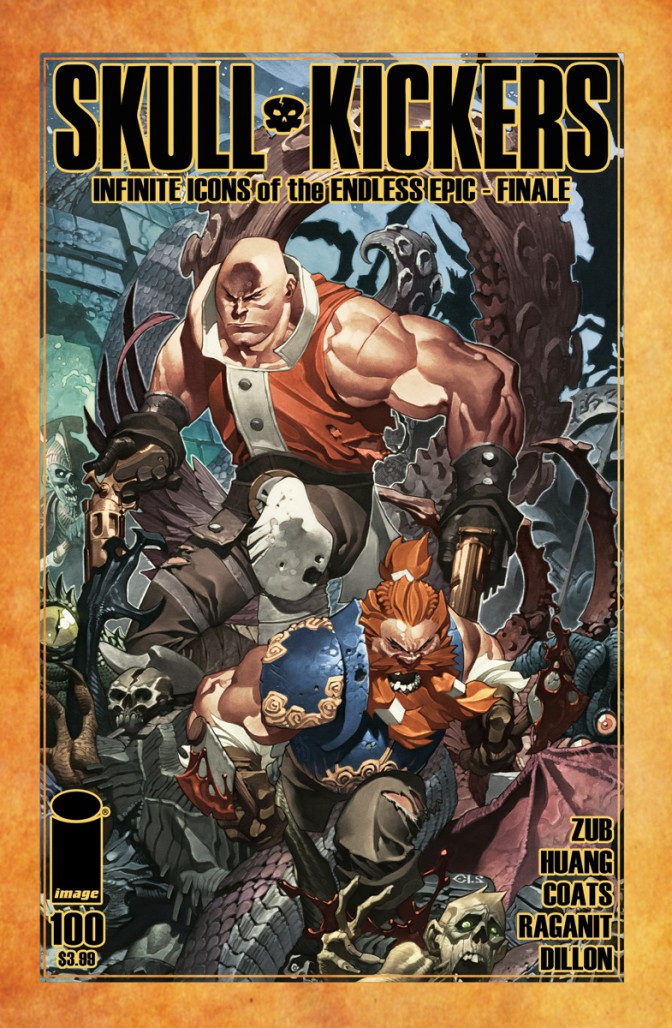
How are you going to hold on to Edwin Huang, now that Skullkickers is over? I have to imagine you want to desperately.
After five years of working with me, Edwin deserves to be free to sow his artistic oats far and wide. *sigh* It is a bit sad though, isn’t it? It’s like a roommate moving away or heading off to college. Working with Edwin was an absolute blast and I really hope we team up for another project soon. He’s already doing work for Archie on Mega Man and at UDON on their new Street Fighter Unlimited series, so those projects should keep him busy until Marvel/DC realize what an incredible talent he is and get on board Team Edwin. He’s genuinely one of the most dependable and professional people I’ve ever worked with. Needless to say, I’d be happy to work with him again.
The Tavern Tales were one of the most memorable aspects of Skullkickers. Are you interested in incorporating something similar into a future project?
The first “Tavern Tales” issue was done as a way to keep us coming out on time while Edwin and Misty rebuilt our art buffer, but eventually it just became a nice way to mark the end of each story arc. The frantic fantasy fun of Skullkickers lent itself well to those anthology-style stories but it’s not something I think would work for every series. Wayward is much more tightly focused and intricate so I’d hesitate to do something like that with it. I’m not saying it’s not possible, but it’s really a case-by-case thing.
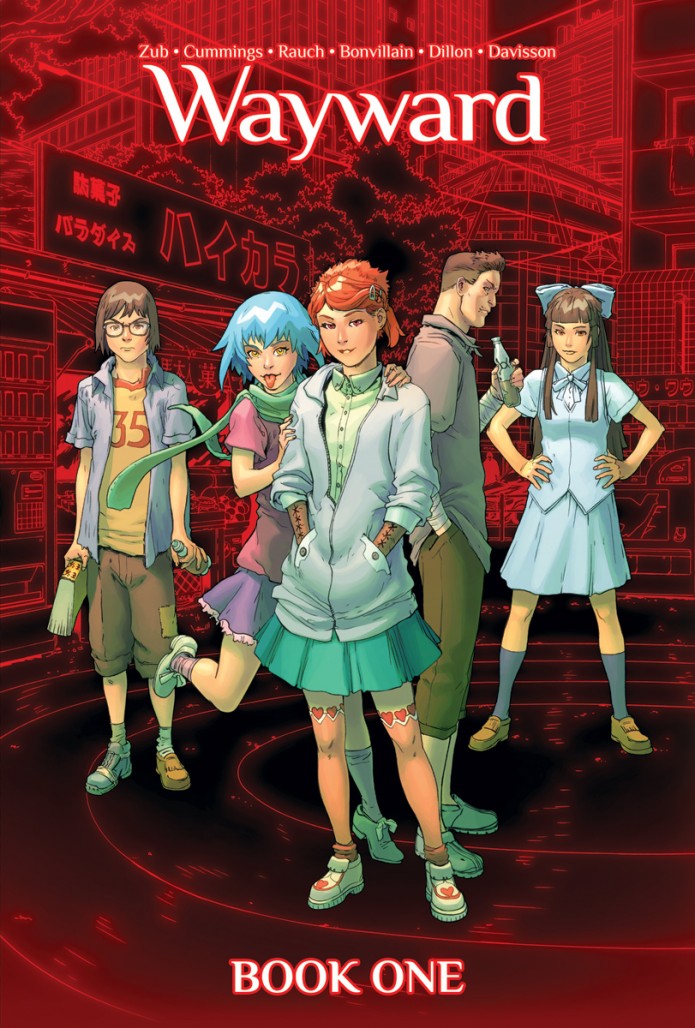
How do you feel about Wayward now compared to how you felt about Skullkickers after its second arc?
It’s a bit hard to roll my brain back five years and think about where I was at. Skullkickers was doing pretty well and I was just starting to get offers for other freelance writing because of it, so that was nerve wracking, exciting, and a bit chaotic. With quite a few projects now under my belt, working on Wayward has definitely benefitted from all those experiences.
The market is in such a different place, especially for Image and creator-owned comics. Edwin and I had to juggle other work with Skullkickers to stay afloat while Wayward is Steve’s full time job, which helps a lot. Retailers and readers are far more open to new concepts, genres, and art styles. The whole thing is less scrappy, less frantic. Sometimes it almost feels like I know what I’m doing.
Zack Davisson does detailed pieces about the culture or creatures of Japan that appear in the back of Wayward. How much of that information are you familiar with when you write the issues?
I have the Wayward story plotted out and do my own research before Zack starts generating back matter for each issue. He reads the outline of where the overall story is going and lets me know what he thinks, but he bases his essays on the issue rather than me trying to fit in things he’s writing about. Sometimes I ask him to write about a particular subject and other times I leave it open to him to generate the essay based on what he sees in the script. Zack’s back matter really helps broaden the storytelling in Wayward and keeps us from info dumping on things that would slow down the momentum. The essays add value for our monthly readers and the feedback we’ve received is very, very positive.
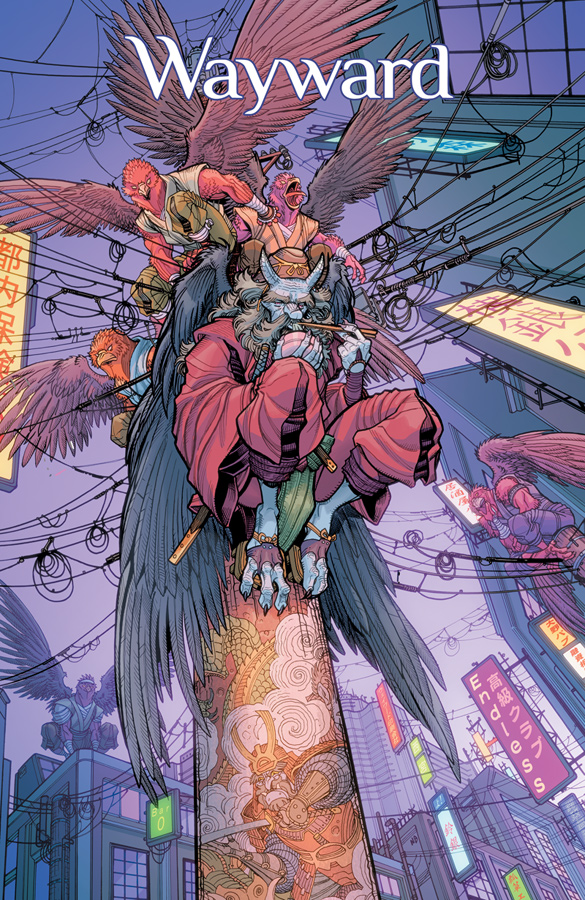
Mythology is a key part of both Wayward and Skullkickers. In many ways, they’re stories about stories. What makes that such an intriguing proposition?
Ideally it allows for multiple levels of storytelling. Readers can read my creator-owned work straight through as character stories but there are also larger ideas built into the structure about where these stories come from and what they mean to us. Don’t get me wrong, Skullkickers is still a violently goofy sword & sorcery yarn made for 11 year old me playing D&D while hopped up on sugary cereal, but the larger symbolic aspect about fantasy archetypes pleases current me as well. Wayward can have teens swearing and fighting Japanese monsters while also incorporating ideas about generational divide and the changing role of mythology in our modern lives. I don’t think it should be an “either/or” kind of thing. It’s both.
Do you have ambitions to do a run longer than 34 issues, either on Wayward or another title?
I’d be thrilled if Wayward ran longer than Skullkickers, but that will depend on sales and seeing if my skills can keep up with my ambitions for the series. Wayward’s second arc ended with quite a paradigm shift and expectations are running high so I need to channel that excitement into making the best story I can. If the third arc does well I have some neat ideas on ways the story could broaden even further, but I’m trying not to over commit/under deliver.
The market is excited for new things and the longer we go the harder it may be to stay a priority to retailers and readers if we don’t get some kind of media tie-in. That’s not me complaining, that’s just the truth. We’re doing very well right now, but I can’t rest on my laurels and assume we’re safe. There’s a reason why DC and Marvel are slamming the reset/new #1 button so much. The “hype and release” cycle on new things has everyone’s attention and the sales numbers back that strategy up. Long running consistent series don’t get sales, press, or awards when compared to the shiny luster of something new. The current market has trained publishers to deliver newness instead of consistency. When I see dependable quality like Invincible, Chew, or Atomic Robo it inspires the heck out of me. I’d love for Wayward to have a really long run, but I’m not cocky enough to assume that’ll be the case. All I can do is put together what I think is a compelling story and hope our amazing readership trusts us and stays on board for the duration.
You’ve been getting more and more licensed work off the success of Skullkickers and Wayward. How will you strike a balance between making corporate-owned and creator-owned comics?
Good question. Balancing my day job (I’m still teaching full-time at Seneca College here in Toronto), comic writing, and convention travel is always a challenge but I’m getting better at it, bit by bit. A year or two ago I was taking practically every project I could get my hands on so I could build up a larger body of work and prove to people I was “really” a comic writer. I’m less worried about that now. Now it’s about making sure I deliver my best and work with people who are just as excited about creating stories as I am. That holds true with work for hire or creator-owned.
Follow Zub on Twitter and Tumblr, and read his blog for invaluable tips on working in the comics industry. Check out both volumes of Wayward and all six paperbacks (or all three hardcovers) of Skullkickers online or at your LCS.


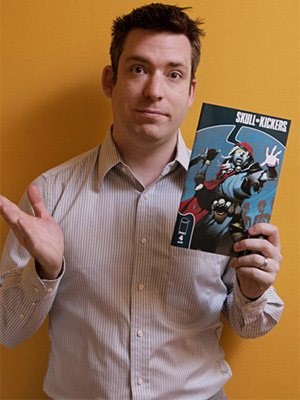
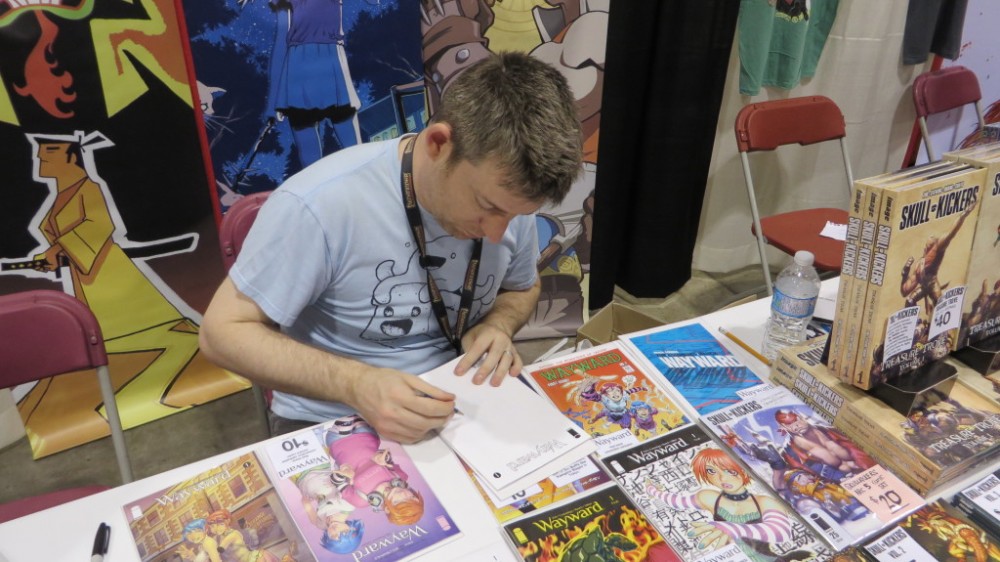

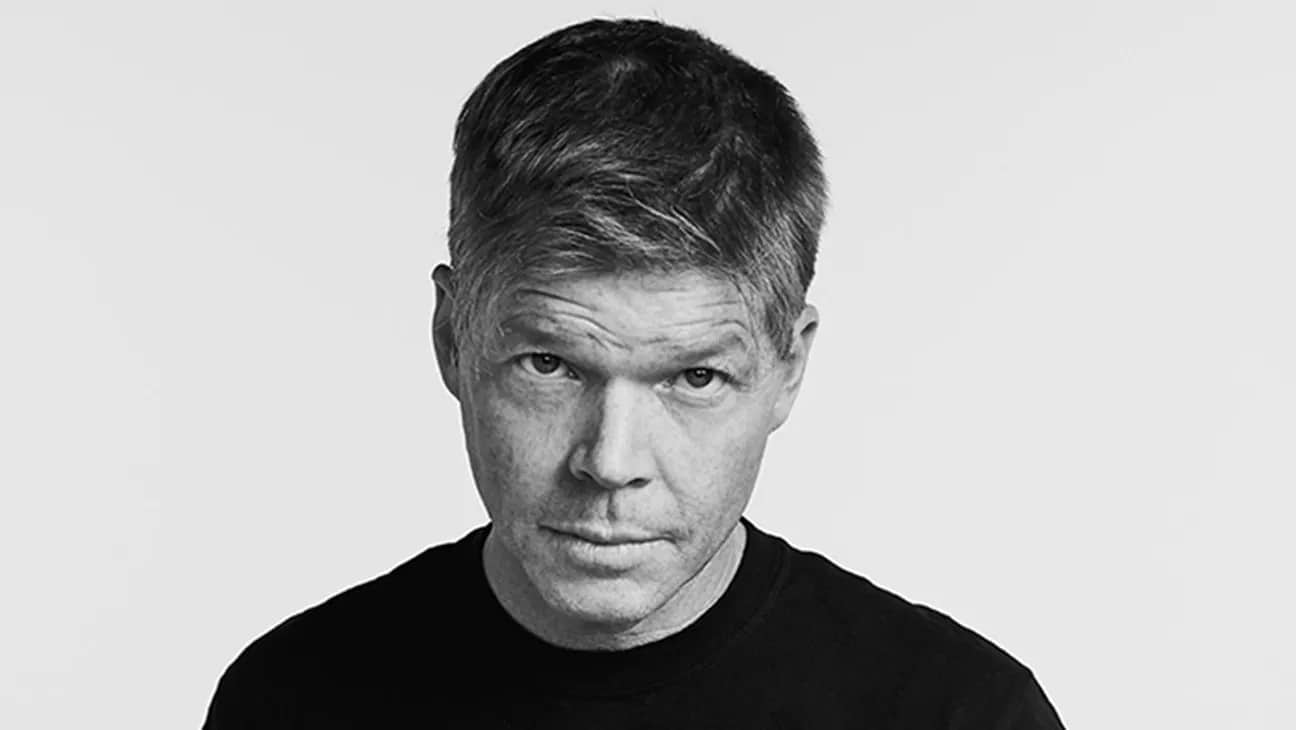
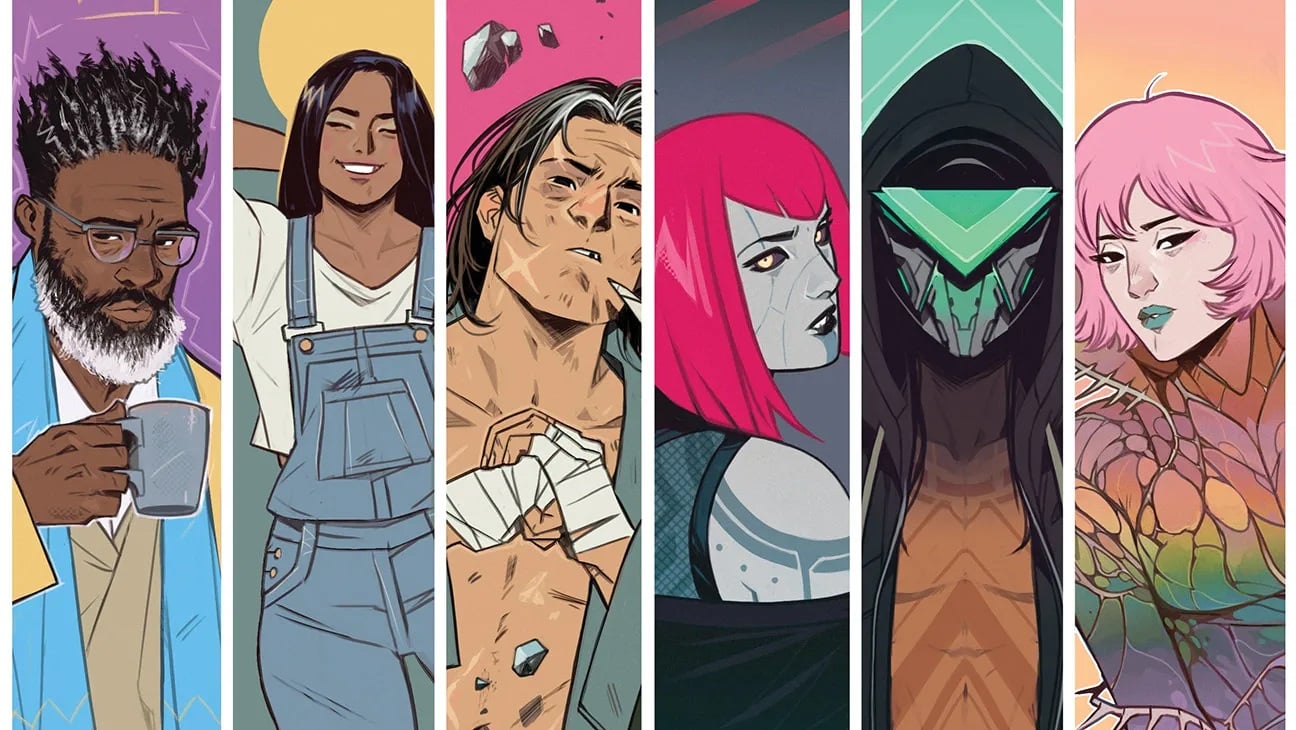



Comments are closed.